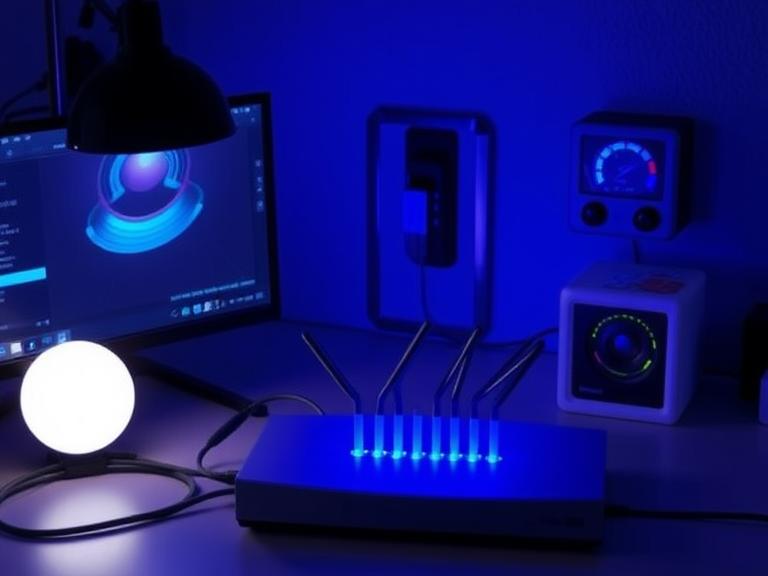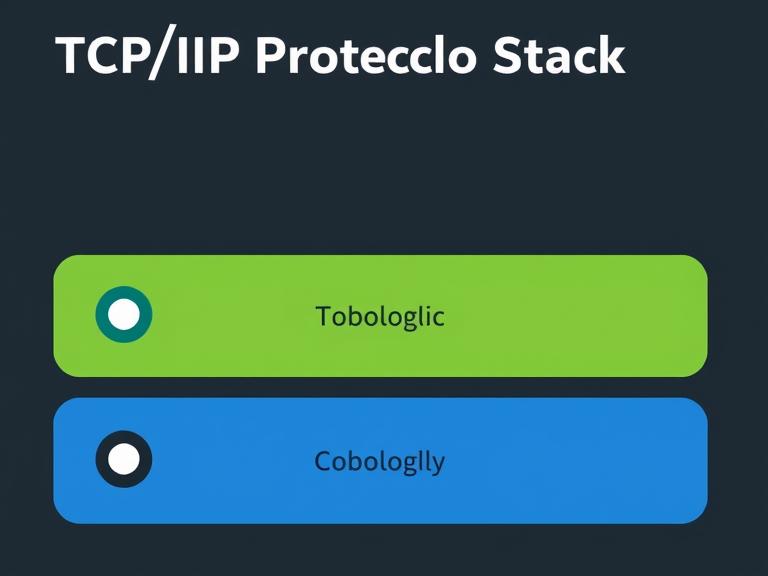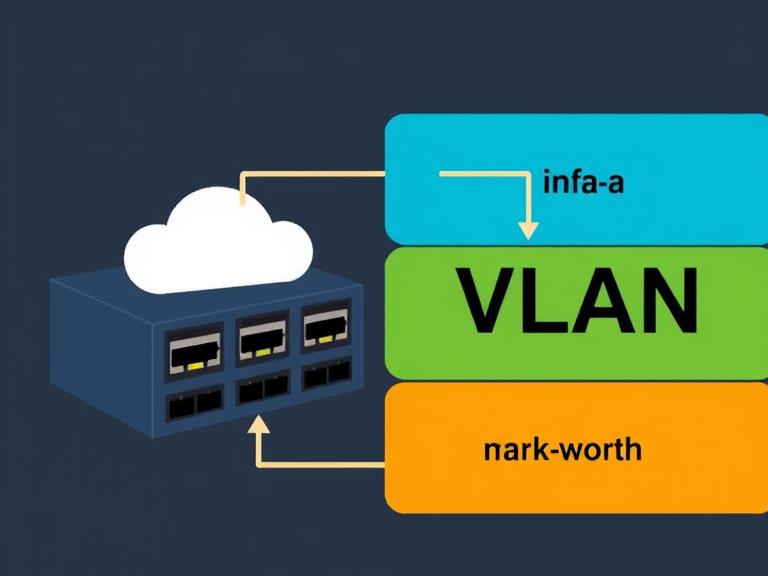Category: Blog
Setting up a reliable home network is essential for internet access, media streaming, gaming, and working from home. A properly configured network ensures fast speeds, security, and seamless connectivity across all your devices. Basic components: Steps to set up a home network: Troubleshooting tips: A well-set-up home network keeps your internet fast, secure, and easy […]
The TCP/IP protocol stack is the fundamental communication model used for the internet and most modern networks. It defines how data is packaged, addressed, transmitted, routed, and received. TCP/IP has four main layers: Why it’s important: Each layer adds headers to the data (encapsulation), enabling interoperability and abstraction between hardware and software components. This modular […]
A VLAN (Virtual Local Area Network) is a method of segmenting a physical network into multiple logical networks. It allows administrators to group devices together even if they’re not physically connected to the same switch, improving security, performance, and management. Why use VLANs? How VLANs work: Each VLAN is assigned a unique ID. Switch ports […]
Networking is the foundation of the internet and modern communication systems. It involves the exchange of data between computers, devices, and servers using wired or wireless connections. Whether you’re browsing a website or using a mobile app, networking enables devices to communicate and share resources. Key components of a network: Types of networks: Basic concepts: […]




